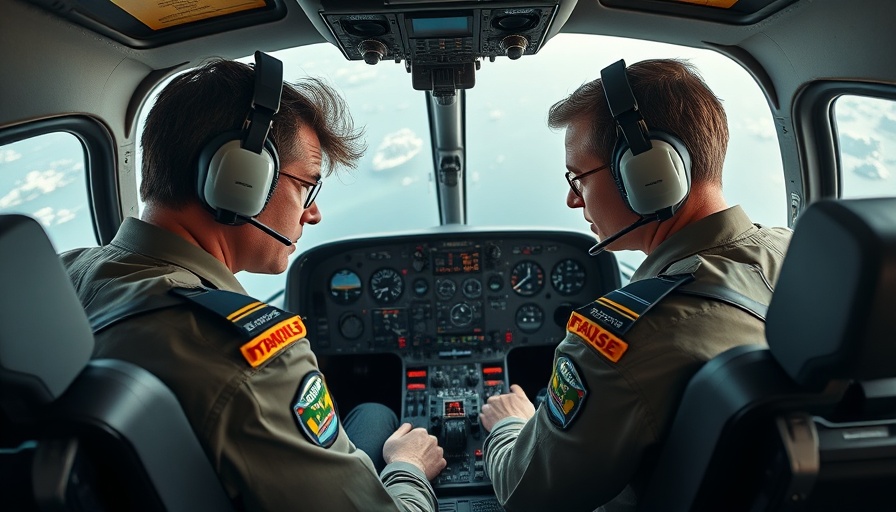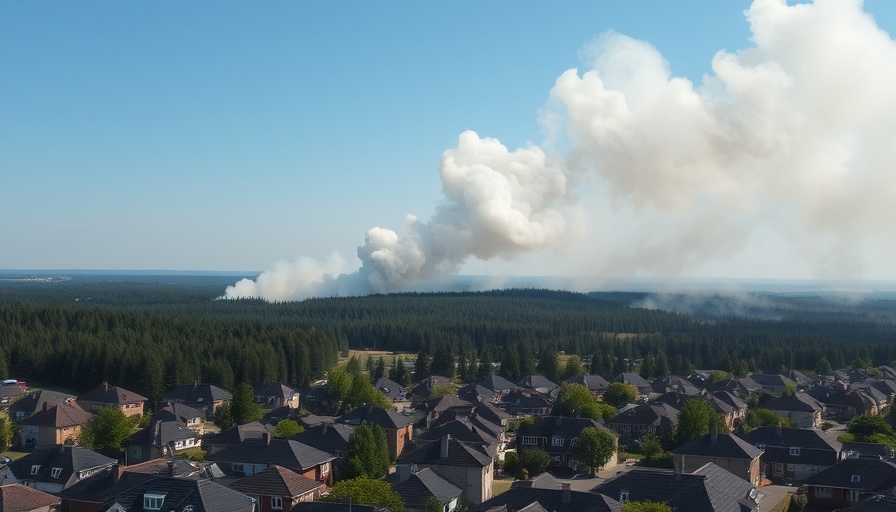
A Troubling Midair Collision: What Went Wrong?
The recent midair collision between a passenger jet and a helicopter near Reagan National Airport has left investigators puzzled, raising alarming questions about air traffic safety protocols. On February 5, 2025, the National Transportation Safety Board (NTSB) released preliminary findings revealing conflicting altimeter readings: the passenger jet's flight recorder indicated it was flying at 325 feet, while air traffic control showed the helicopter at only 200 feet. This discrepancy has brought to light critical concerns regarding the accuracy of altitude reporting in busy airways.
Understanding the Investigation Hurdles
Compounding the confusion is the recovery of the helicopter's black box, which has been deemed waterlogged. This delays the retrieval of crucial data needed to piece together the events leading up to the collision. With vital information compromised, the investigation becomes more challenging, leaving many unanswered questions about the circumstances surrounding this tragic incident.
The Role of Air Traffic Control in Safety
As discussions unfold, scrutiny is turning toward the staffing levels within air traffic control. Many experts argue that shortages can significantly impact safety measures under such high traffic conditions. The NTSB has called for a reevaluation of previous safety recommendations that had previously been sidelined. Ensuring these measures are implemented is vital in preventing such incidents in the future. The incident has highlighted that further attention is needed in an era where aviation continues to grow.
Industry Implications and Future Safety Protocols
In a time where air travel remains a vital component of modern life, it is crucial to reevaluate safety measures in light of this deadly incident. As we await further findings from the NTSB, the call for industry-wide reforms becomes increasingly urgent. Should these concerns go unaddressed, the risks associated with aviation could remain perilous. Stakeholders, from regulators to the flying public, need to advocate for advancements that enhance safety protocols in our skies.
 Add Row
Add Row  Add
Add 




 Add Row
Add Row  Add
Add 



Write A Comment